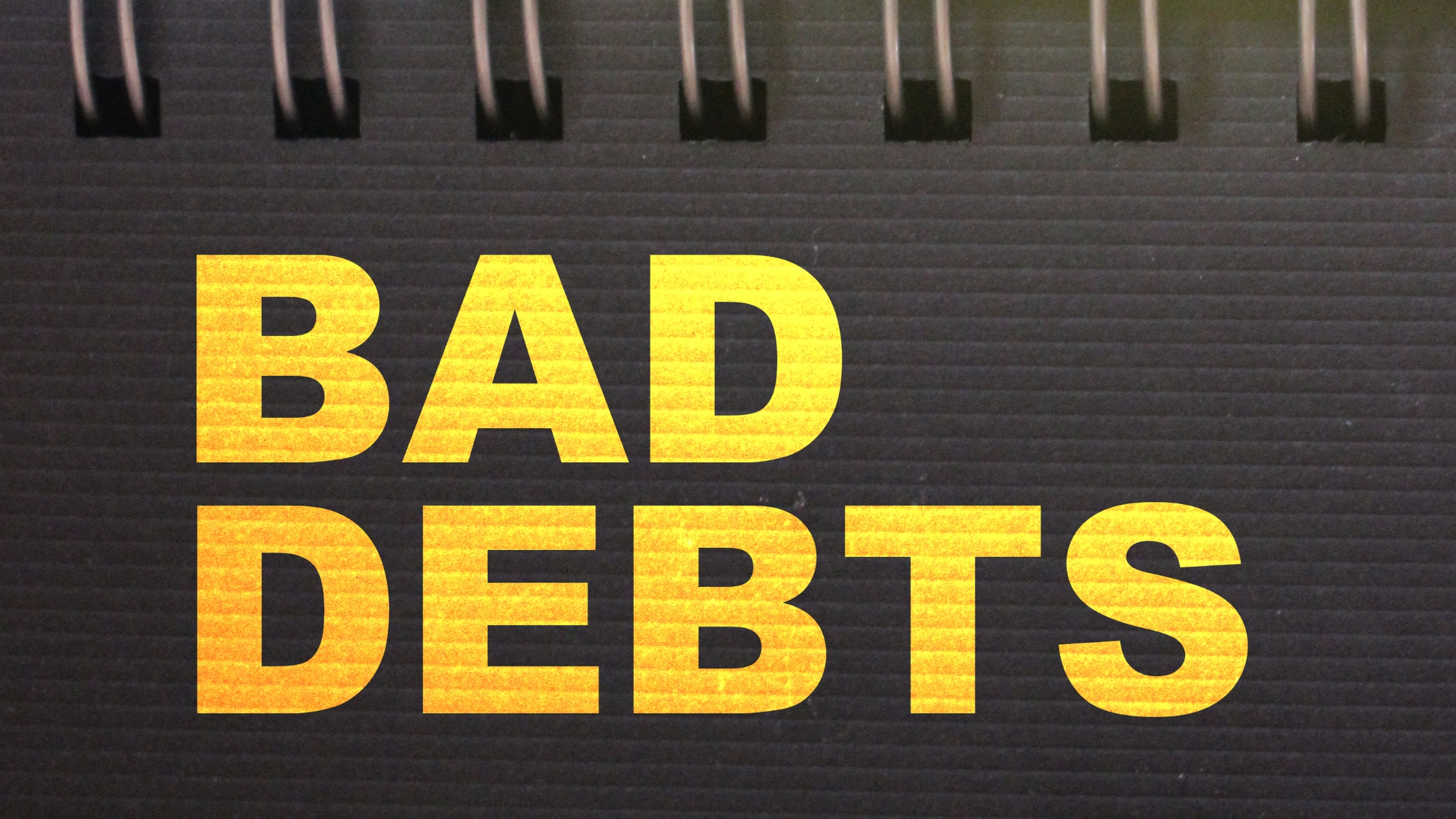Bad Debt in Construction: How to Mitigate Risk
Bad debt in Construction is a persistent and costly threat in the industry. From unpaid invoices to clients declaring bankruptcy, uncollected payments can destroy profits, endanger cash flow, and jeopardize project success. However, smart strategies can safeguard your business.
Why Does Bad Debt Hurt the Construction Industry?
Cascading Impacts: When one company fails to pay, subcontractors and suppliers down the line suffer, creating a ripple effect of financial strain.
Project Delays and Cost Overruns: Bad debt erodes budgets, leading to delays as materials can’t be purchased or workers can’t be paid.
Reputation Damage: A reputation for frequent bad debt makes securing future contracts more difficult.
Strategies to Mitigate Bad Debt in Construction
Know Your Customers: Conduct thorough credit checks and background research before extending credit. Look for red flags like a history of late payments or financial instability.
Clear and Enforceable Contracts: Ironclad contracts outline payment terms, late-payment penalties, and legal recourse options. Have your attorney review them.
Proactive Invoicing and Collections: Invoice promptly with clear due dates. Implement a graduated collections process that starts with friendly reminders and escalates to legal action if needed.
Utilize Lien Rights: Mechanics liens provide a powerful tool to secure payment by placing a claim against the property itself. Understand your state’s lien laws.
Consider Payment Protection: Explore options like surety bonds or trade credit insurance to offset risks associated with specific projects.
Additional Tips
Diversify Your Client Base: Avoid overreliance on a few large clients.
Monitor Financial Health: Regularly track accounts receivable and watch for warning signs of customer distress.
Invest in Communication: Maintain open communication with clients about project progress and payment expectations.
Protect Your Bottom Line
Bad debt in construction doesn’t have to be inevitable. By implementing proactive measures and staying vigilant, you can minimize your risk, maintain healthy cash flow, and protect the long-term stability of your construction business.
Don’t let bad debt derail your construction business. Partner with The Baker Group for proactive risk management. Schedule a consultation and take control of your financial future.











